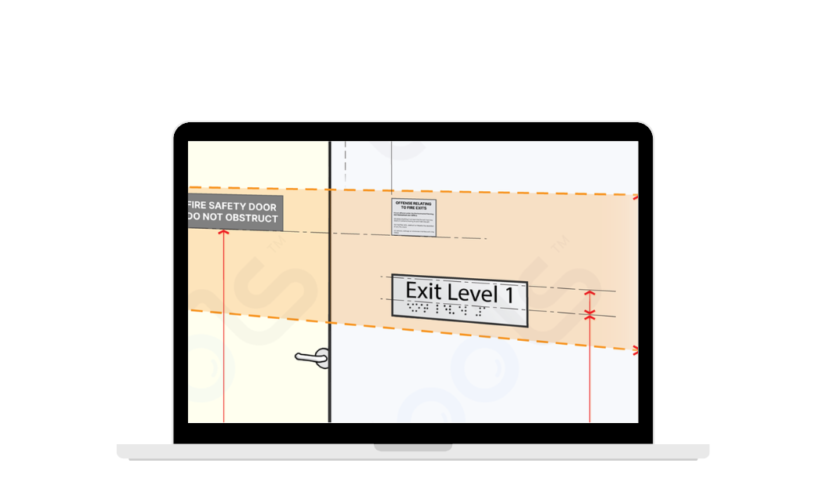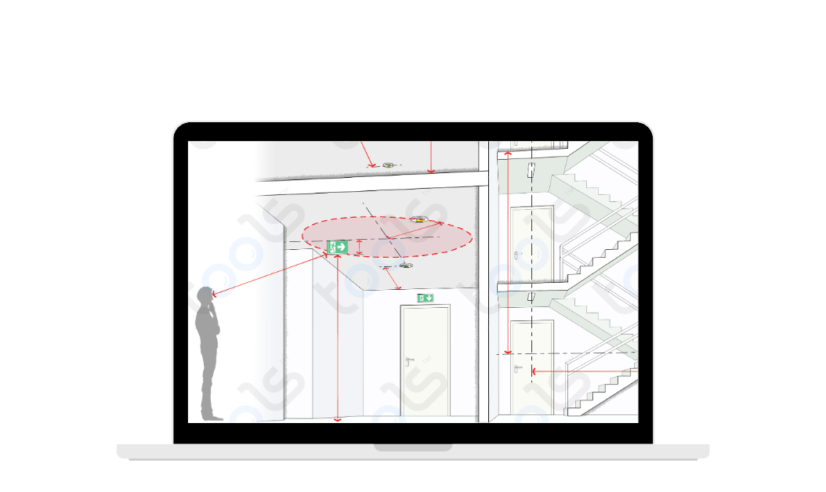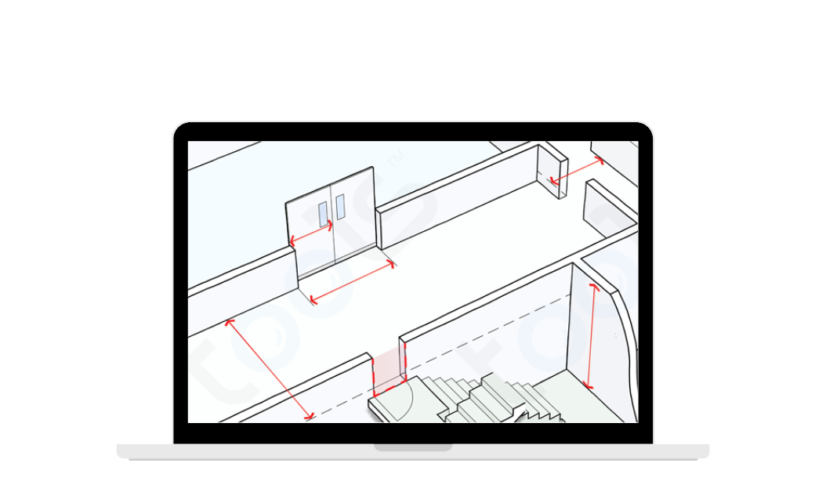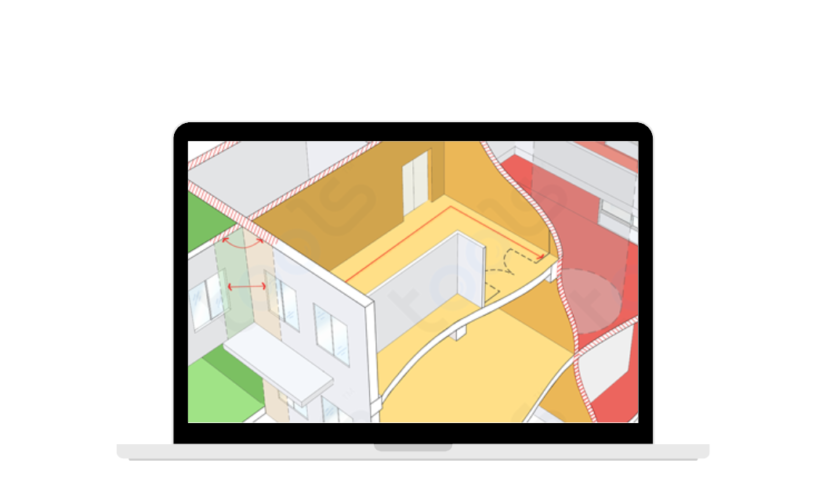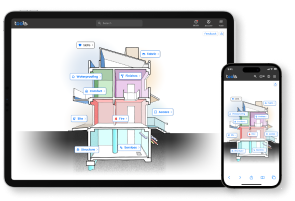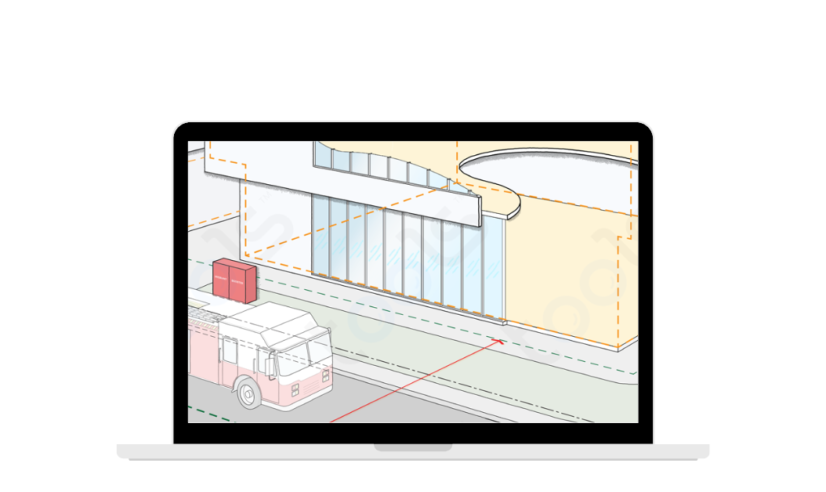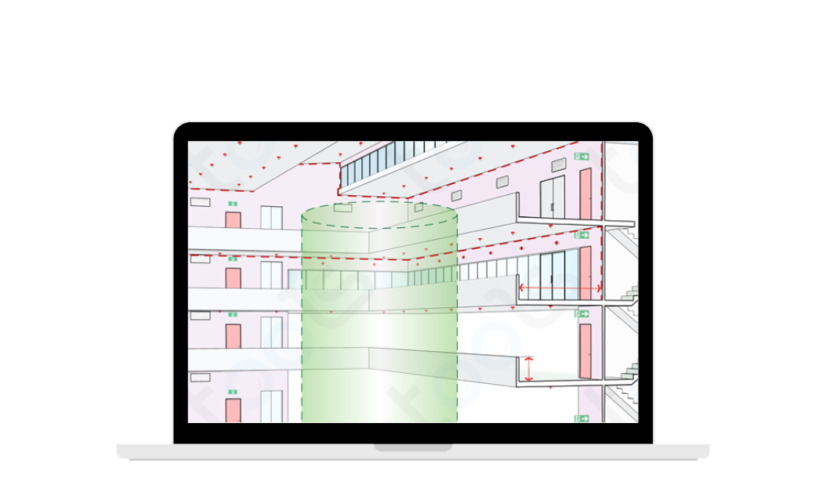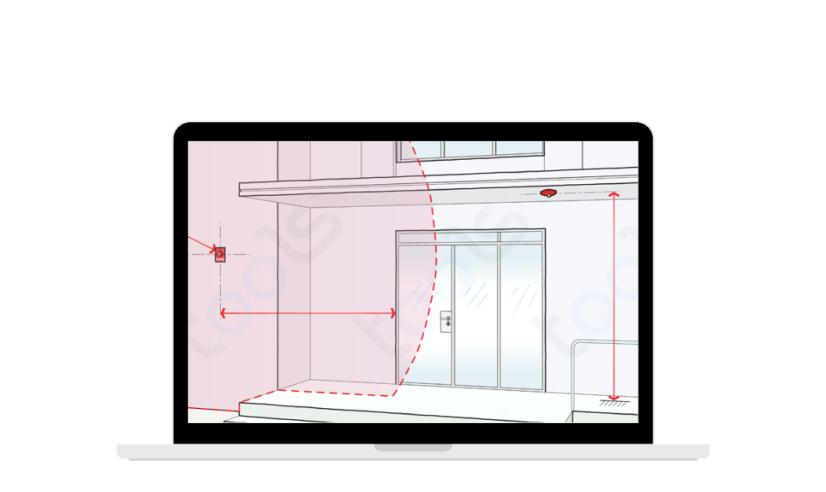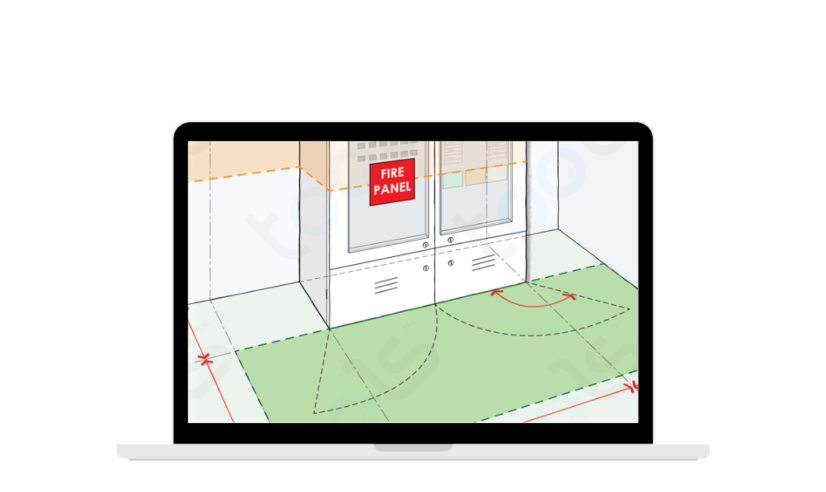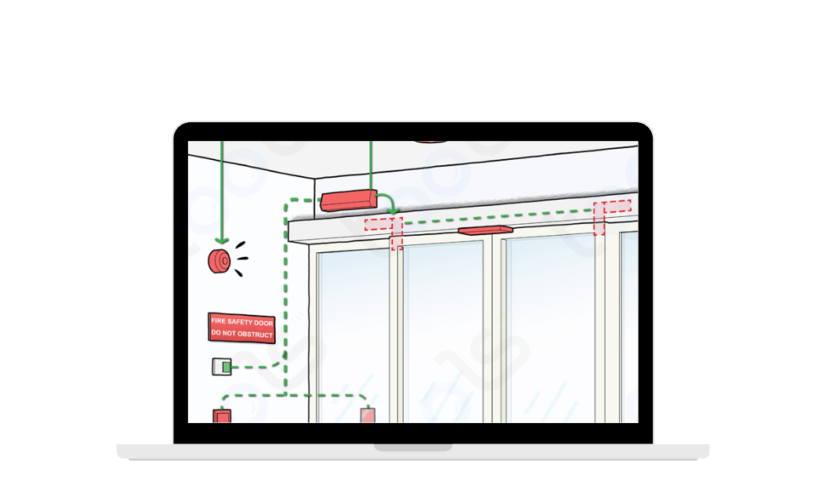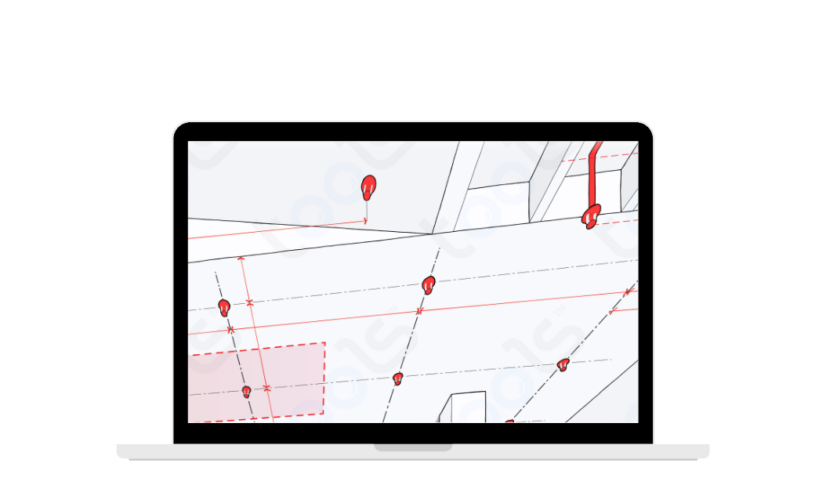Publications.
Help Articles
How Tools™ Is Transforming the Way Certifiers Assess Compliance
How Tools™ Is Transforming the Way Certifiers Assess Compliance When it comes to building compliance, the smallest details often demand the most time. Especially in areas like wet zones or…
- All
- Access
- Comfort
- CPD
- Fabric
- Finishes
- Fire
- Help Articles
- News
- Services
- Site Works
- Skills
- Structure
- Tool Releases
- Waterproofing

Fire
Fire / Egress / Fire Door Signage
Get Signage Right: Eye-Level Placement, Compliance & Durability When it comes to signage, precision is key. Whether you’re dealing with contractors or clients, having a clear…

Fire
Fire / Egress / Emergency & Exit Lighting
Making Exits Safer: A Guide to Emergency & Exit Lighting In an emergency, every second counts. But what happens when poorly placed Exit signs or inadequate…

Fire
Fire / Egress / Travel Width (Egress)
The width of egress in any building depends upon its use & number of occupants. Most buildings require a minimum unobstructed 1m wide ‘path of travel’. For some reason…

Fire
Fire / Compartmentation & Separation / Compartmentation and Separation
Here are the basic Rules for Compartmentation in high risk buildings: Egress or paths of travel to safety must remain unobstructed and remain free of fire…

Fire
Fire / Compartmentation & Separation / Large Isolated Building (Compartmentation & Separation)
Really big factories & warehouses (usually Class 7 & 8) create a high risk to adjacent buildings. That is why there are RULES for their Compartmentation…

Fire
Fire / Compartmentation & Separation / Atrium (Compartmentation and Separation)
Interesting …. I’ve inspected hundreds of these, but I’m clueless about Atriums. Atriums are common in Hotels, Office lobbies, Shopping complexes & some Education & Entertainment…

Fire
Fire / Egress / Travel Width (Egress)
Understanding Travel Width for Safe Egress in Building Design Navigating building codes can be tricky, but ensuring safe egress (exit) width is one area that simply…

Fire
Fire / Active Fire Protection / Detection & Alarm / Visual Alarm Device – External
With every Fire Detection System, there will be an external alarm and / or light / sounder. There are Rules where these can be placed. At…

Fire
Fire / Active Fire Protection / Detection & Alarm / Fire Indicator Panel
Almost every large building has a Fire Detection & Alarm System to quickly detect, warn occupants and help the Fire Brigade to manage a fire. Our…

Fire
Fire / Egress / Sliding Door Fail Safe Devices
How many times have you seen Ground Floor fire doors wedged open? Or couldn’t find the emergency release on an automatic door? Scary! Illegal & stupid!…

Fire
Fire / Active Fire Protection / Fire Sprinklers / Standard Spacing (Fire Sprinklers)
You must be worried if someone like me seriously likes these technical Tools™ which tell us: the precise areas / clearances for the different sprinkler types –…






